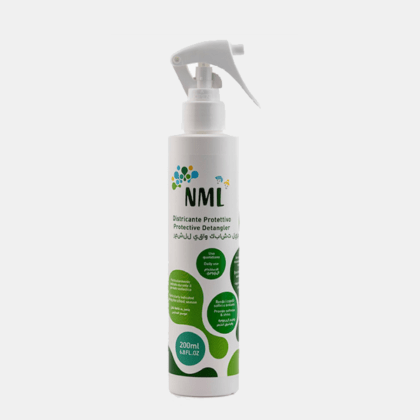Understanding the science of lice infestation is essential in effectively managing and preventing these tiny parasites from taking up residence on your scalp. Lice are more than just a nuisance; they are a subject of scientific study that encompasses their biology, life cycle, and methods of infestation and transmission. Understanding lice infestation and transmission is crucial for preventing and managing infestations. Find here the best lice treatment for kids.
The basics of lice:
Lice are parasitic insects that infest the hair and scalps of humans. There are three primary types of lice that infest humans:
Head lice (Pediculus humanus capitis): These are the most common type of lice and are found on the scalp, particularly behind the ears and at the nape of the neck.
Body lice (Pediculus humanus corporis): These lice live on clothing and bedding and move to the body to feed. They are often associated with poor hygiene.
Pubic lice (Pthirus pubis): These lice infest the pubic region, as well as other coarse body hair.
The life cycle of lice:
Understanding the life cycle of lice is essential to effectively managing an infestation. The life cycle consists of three stages:
Nit (Egg): Lice lay their eggs, known as nits, close to the hair shaft. Nits are oval and typically found near the scalp. They hatch within about 7 to 10 days.
Nymph: After hatching, lice become nymphs, which resemble smaller versions of adult lice. Nymphs go through several molts as they mature, each requiring a blood meal. This process takes about 9 to 12 days.
Adult: Adult lice are about the size of a sesame seed and can live for about 30 days. They feed by biting the scalp and consuming small amounts of blood.
Infestation and transmission:
Lice infestations occur when adult lice lay eggs (nits) close to the scalp. The eggs are attached to hair shafts using a glue-like substance, making them difficult to remove. Lice primarily spread through direct head-to-head contact. This contact provides an opportunity for lice to crawl from one person’s hair to another.
Common situations that facilitate the transmission of lice include:
- Children playing together or huddling in close contact, particularly in schools.
- Sharing personal items like hats, combs, brushes, or headphones.
- Lying on shared furniture or bedding that has recently been in contact with an infested person.
- Engaging in activities that involve close physical contact, such as sports or sleepovers.
